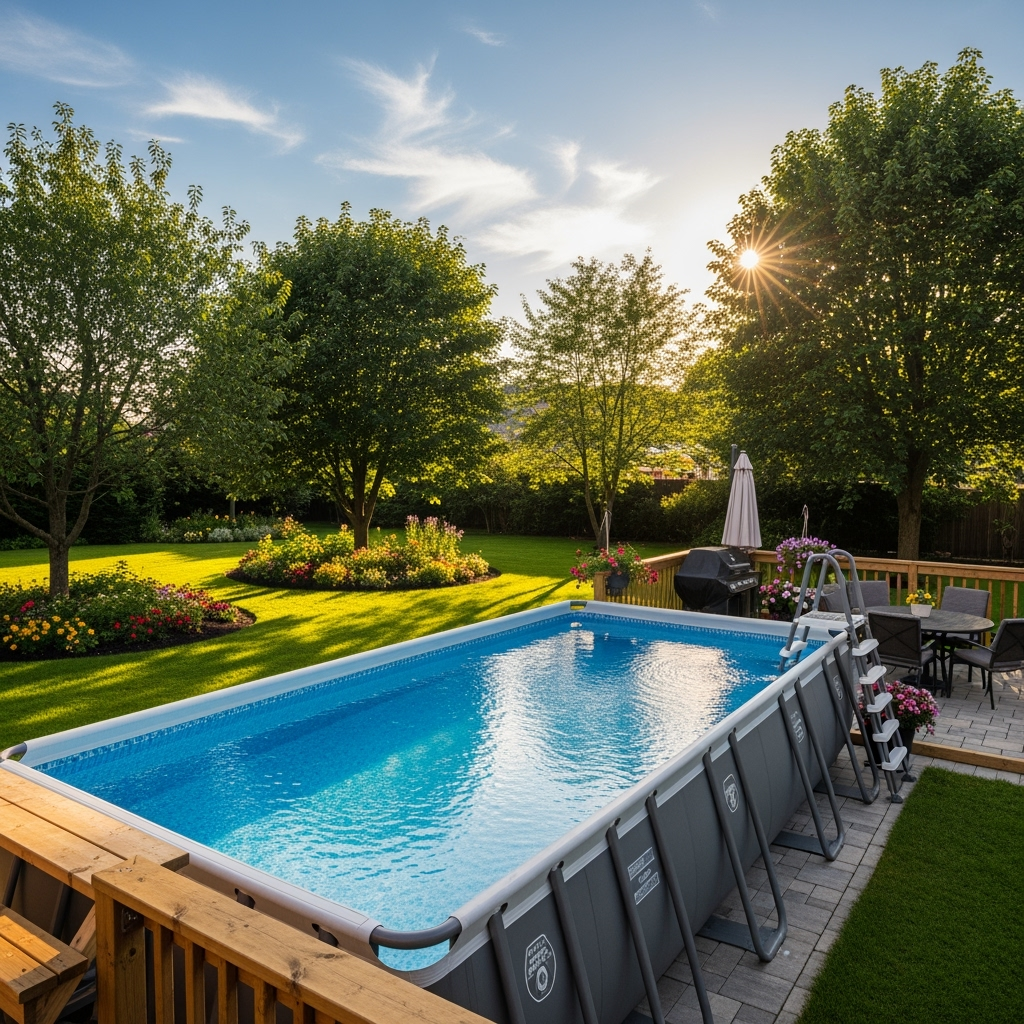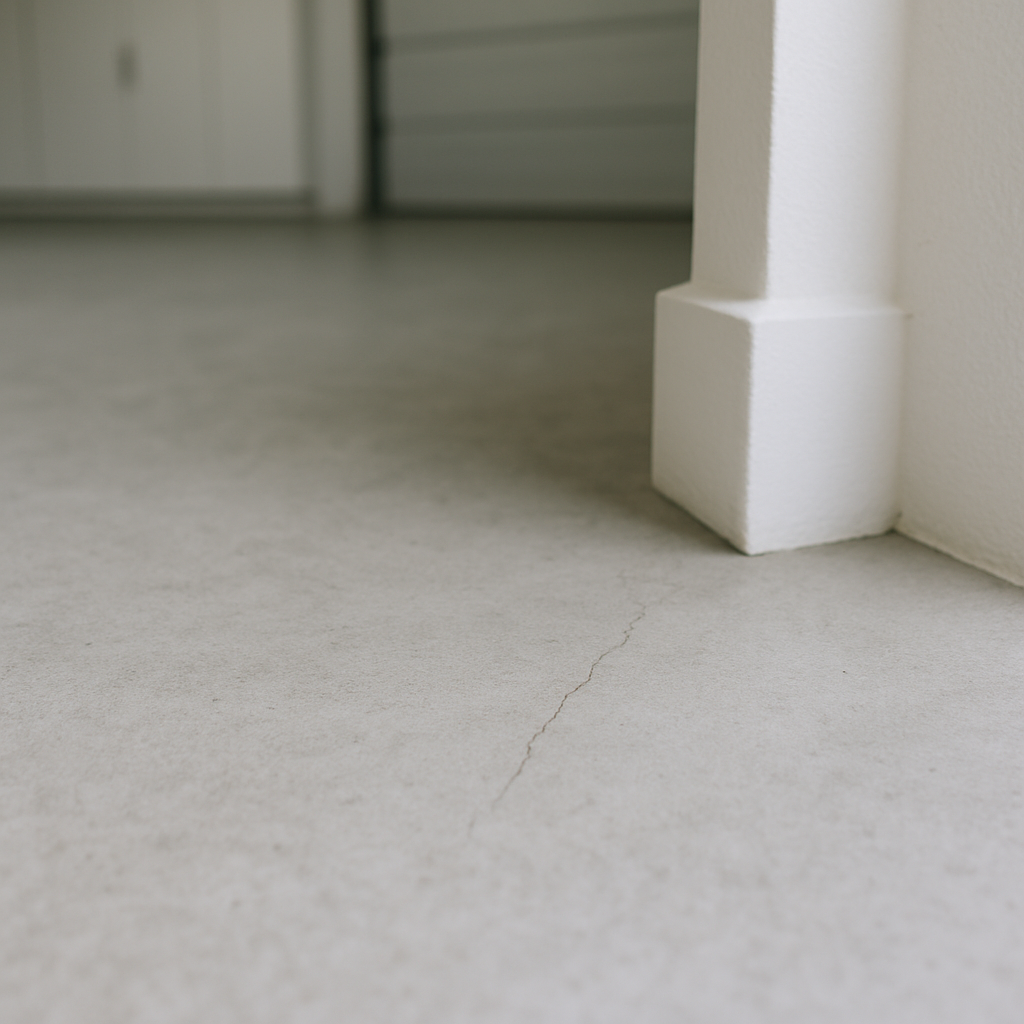Last updated on
Avoid these mistakes at all costs if you want to paint your house properly. Read on!
Painting your house should be a thrilling and satisfying experience. It can give it an entirely new look, spruce up the walls, and help you create the perfect ambiance for your home.
However, many mistakes can occur when painting a house that could cause frustration or costly fixes further down the line.
Whether you hire someone to do the job or tackle it yourself, learning about common painting mistakes beforehand is essential for ensuring a successful outcome.
What's Inside
Not Preparing the Surface of Your House Properly

Preparing the surface of your house before painting is one of the most important steps in house painting. It’s also one of the biggest mistakes homeowners make when deciding to paint houses themselves.
Without proper preparation, you will have uneven coverage, paint bubbling or peeling off, and wasted time and money.
Sufficient paint adhesion and coverage can only be achieved with proper surface preparation. A reputable house painting expert will advise you to take the time to clean, sand, and prime if you want your house painting project to turn out well.
This ensures an even application and adhesion so that your paint job looks great for years. Cleaning removes dirt, debris, and any loose material from the walls; sanding helps smooth out imperfections; and primer creates a uniform base coat for your finish coat of paint.
If you’re planning on house painting but don’t want to make the mistake of inadequate surface preparation, it’s best to consult with a house painting expert who can advise you on the right steps and materials for your project.
They can also provide helpful tips to get a professional-looking finish. By taking these extra precautions, you can avoid making costly mistakes that will ruin your house painting job.
Not Using the Appropriate Primer for the Job

Primer plays a key role in the painting process. It is used to prepare the surface for painting and ensure the paint adheres to it properly. The wrong primer can cause your paint job to stain, peel, or crack over time.
If you’re dealing with a new surface, you should use an oil-based primer to provide better coverage and protection. For previously painted surfaces, you need an acrylic latex primer – this will help ensure better adhesion of your new coat of paint.
Neglecting to use the appropriate primer can also lead to fading colors. Primers are specially formulated with pigments that help bring out the tone and vibrancy of colors when they’re applied on top. Without it, your paint job may appear dull and lifeless.
Not Choosing the Right Paint for the Exterior

Choosing the wrong type of paint for your house’s exterior may seem easy, but it can have costly and long-lasting consequences. Exterior paints are formulated differently to withstand extreme weather conditions, such as hot summers, cold winters, and high humidity levels.
Not only will this make them last longer and look better, but it will protect your home from damage caused by moisture seeping in through cracks in walls or windowsills.
Some types of paint are specifically designed for wood siding or stucco homes, requiring different preparations than other surfaces. Taking the time to understand which type of paint is best suited for your home’s surface could save you a lot of frustration down the line.
It’s also important to consider the end result you want to achieve. Different exterior paints provide different levels of sheen and gloss, which can drastically change the look of your house.
Flat paint is designed for walls and provides a non-reflective finish, while semi-gloss or high gloss are best suited for trim work as they will reflect light more effectively.
Select the right finish for the job depending on your preferences and what works best with your home’s architecture.
Not Using Quality Painting Tools

Using quality painting tools may seem like a minor detail, but it can make all the difference in achieving your desired results. Good painting tools are essential for ensuring that the paint goes on evenly and smoothly and stays in place.
Without high-quality brushes, rollers, trays, drop cloths, and other items, you could be up against runs, drips, uneven coverage, or even worse – paint bubbling or peeling away from the surface. Quality tools help ensure that your work lasts longer with fewer problems.
If you want to get the job done without any headaches or wasting time on repairs later down the line, then investing in quality painting tools is one of the most important decisions you can make.
Good supplies will give you better results and make the whole process easier. Plus, they’re designed to last longer, so you won’t have to invest in replacements whenever you decide to repaint a wall or room.
Not Applying Multiple Coats of Paint

When it comes to painting your house, applying multiple coats of paint is an absolute must. The single most common mistake homeowners make when painting their homes is not applying enough coats of paint.
Without multiple coats, you risk having a poor-quality finish that easily scratched, peeled, or chipped off.
Two layers of paint are generally recommended when painting your home’s interior walls or exterior siding as they provide the best protection and coverage.
Furthermore, three layers may be required to achieve the desired look and outcome if you use a glossier paint for either surface.
Even if the painted surfaces have been previously coated with a similar color (e.g., touch-up or spot-painting), you still need to apply multiple coats for optimal results. The same applies when painting over a lighter color with a darker one, such as going from white to navy blue.
Not Allowing for Drying Time

When painting your house, it is essential to remember to allow for drying time between coats. If you don’t, the paint can become unevenly applied and not adhere properly.
It could also lead to a streaky finish that looks unprofessional. Painting over wet or semi-dry paint can also cause chipping and peeling.
It is best practice to wait at least 24 hours before applying a second coat of paint, giving the first layer plenty of time to dry completely and ensuring an even color throughout.
The drying time may be longer depending on the environment – humidity, temperature, etc., so make sure that you check the labels of your chosen paints before starting the project.
You need to allow the entire house to cure for another three days after it’s completely painted. Allowing for this time ensures that all the layers have had enough time to bond together, creating a strong and durable finish that won’t start peeling off in just a few months.
By avoiding these common painting mistakes, you can ensure that your house looks beautiful and stays protected for years. With careful preparation and dedication to the job, anyone can easily tackle painting their house.




